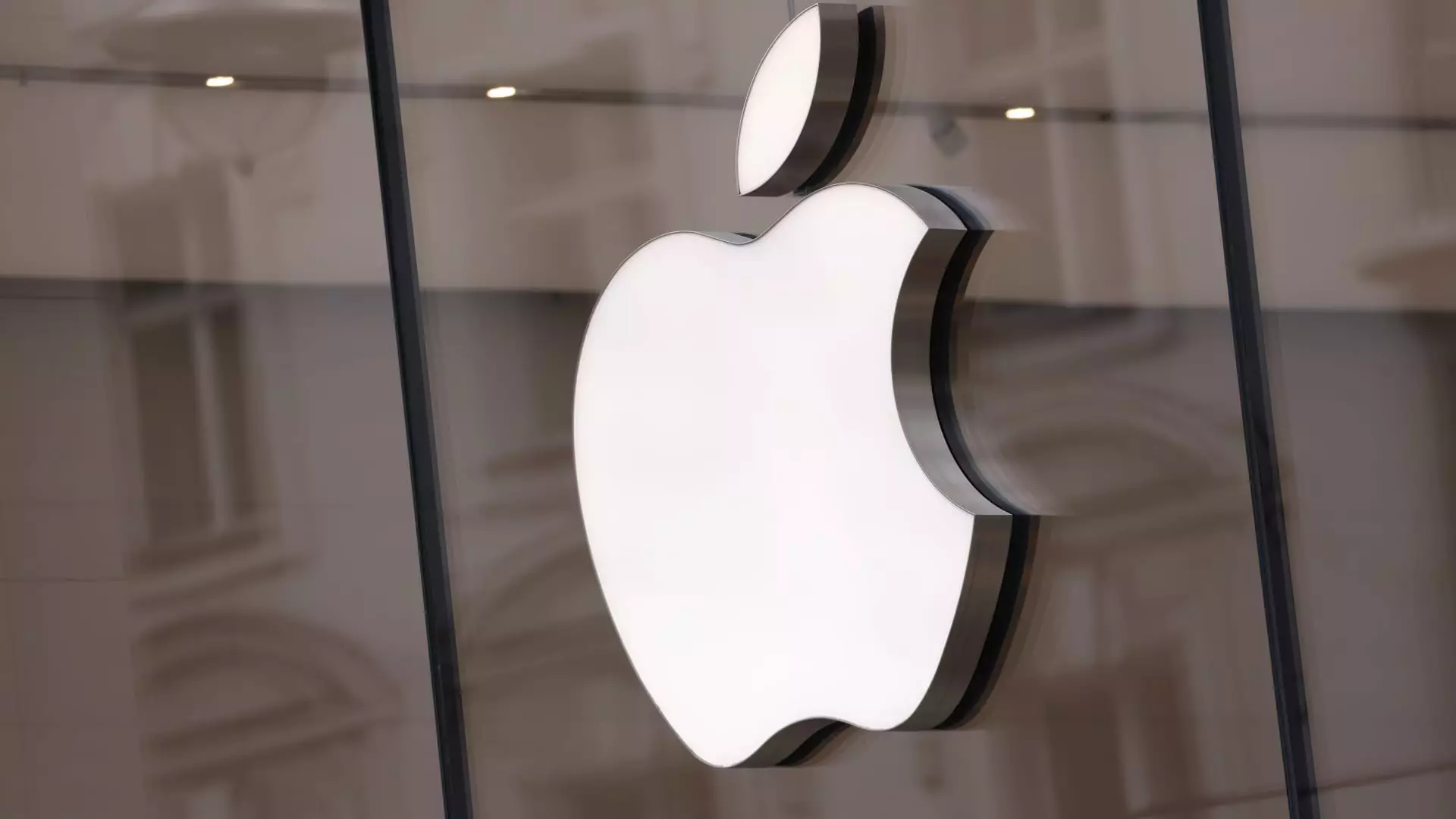In a surprising turn of events, the tech sector has found new life, with major companies like Apple and Nvidia experiencing notable rebounds in their stock prices. Amid a backdrop of persistent economic concerns, these gains represent a potential thawing of investor apprehensions, hinging heavily on the prospects of reduced tariffs between the U.S. and its trade partners. Apple, after a tumble of approximately 20% due to its heavy reliance on the Chinese market, saw a rebound of over 3%. This sudden optimism may reflect a broader belief that international relations are thawing, enabling tech giants to navigate the often tumultuous waters of global trade.
Nvidia and Tesla, emblematic of the innovative spirit driving tech forward, followed suit, each surging by around 6% and 5%, respectively. This optimism could signify a pivotal moment not just for these companies but for the entire tech ecosystem. Investors appear to believe that stability in trade relations can fuel technological advancements and drive growth. Yet, this raises a critical question: are we oversimplifying the underlying issues that these companies face? A fragile geopolitical landscape, coupled with fluctuating consumer demand, means that caution should persist even amid this apparent resurgence.
The Healthcare Wave: Money on the Move
In stark contrast to the tech stocks, the healthcare sector has sent ripples through the market, particularly with news of higher-than-anticipated government payments to Medicare Advantage plans. Stocks of health insurance giants like UnitedHealth Group and Humana skyrocketed by 6.7% and an astounding 10.8%, respectively, as the sector reacted positively to the Centers for Medicare and Medicaid Services’ announcements. This surge highlights the critical role that government policy plays in the financial health of these companies.
However, while this boon appears favorable, it also illustrates a dangerous dependency on government health budgets. The rising costs of healthcare and the looming questions about Medicare’s long-term viability create instability beneath this apparent growth. As investors celebrate immediate gains, we should critically evaluate the sustainability of such expansions and the inherent risks tied to regulatory changes.
Banks and Chipmakers Shuffling the Deck
Financial institutions like Wells Fargo and Charles Schwab enjoyed noticeable stock boosts, supported by analyst upgrades that highlighted their attractive valuations. The upgrades suggest a recovery of confidence in these institutions, enhancing perceptions about their operational strength. However, one must consider whether this newfound optimism is based on genuine improvements in their business models or merely a reactionary correlation to recent market movements.
Similarly, the semiconductor industry didn’t lag behind; Broadcom and Marvell Technology saw significant gains following strategic decisions such as a massive $10 billion share repurchase and the sale of a subsidiary for $2.5 billion, respectively. These moves suggest an aggressive management strategy, aimed at solidifying investor confidence and increasing shareholder value. Still, there’s a potential risk factor here: the semiconductor sector has become a double-edged sword, where the innovation is matched only by intense competition and volatility. Will these stock increases hold up amid the cyclical nature of technology demand?
Military Stock Surge: Are We Prepared for the Consequences?
Lockheed Martin’s stock climbed 4% on the back of President Trump’s ambitious $1 trillion defense budget proposal. While this surge may be welcomed by investors as a sign of fiscal strength in the defense sector, it calls for a critical assessment of the broader implications of such spending. Rampant militarization raises moral and ethical concerns that deserve scrutiny. Should profit motives and stock market performance take precedence over pressing social issues?
This defense-focused investment spree underscores the dual-edged sword of economic recovery fueled by military expenditure. Investors need to grapple with the potential fallout stemming from heightened militarization of national policy, which could lead to unintended global tensions and ultimately, economic instability.
Wild Fluctuations: The Dark Side of Speculation
However, not all news is rosy. Companies like Janover and Tilray Brands are experiencing the harsher realities of market volatility. Janover’s plummet following a crypto venture announcement and Tilray’s significant dip after disappointing earnings showcase the unpredictable nature of investor sentiment.
This dichotomy between profitable sectors and those struggling paints a broader picture of a market feeling the effects of speculative investments. The question is whether investors can maintain focus on long-term viability while being swayed by fleeting market trends. It’s crucial to foster a climate where prudent investment strategies prevail over speculation.
Corporate growth should be celebrated, yet the critical challenges that these companies face cannot be ignored. This market landscape is more than just numbers; it’s a reflection of societal values, a complex interplay of policies, and a future that demands mindfulness in decision-making.

